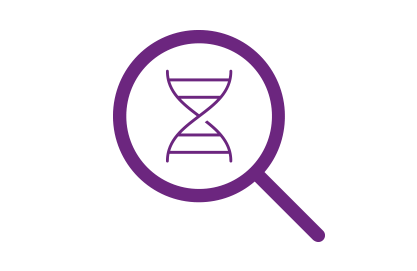References:
1. Maser, I-P., et. al. The tumor milieu promotes functional human tumor-resident plasmacytoid dendritic cells in humanized mouse models. Front Immunol, 11, 2082 (2020). doi: 10.3389/fimmu.2020.02082
2. Kenkel, J.A., et. al. Dectin-2 agonist antibodies reprogram tumor-associated macrophages to drive anti-tumor immunity. Annual Meeting of the American Association for Cancer Research, abstract 2911 (2022).
3. Kenkel, J.A. et al. BDC-3042: A Dectin-2 agonistic antibody for tumor-associated macrophage-directed immunotherapy. Annual meeting for the Society of Immunotherapy of Cancer, abstract 1348 (2022).
4. Zhou, M.N., et. al. N-carboxyanhydride polymerization of glycopolypeptides that activate antigen-presenting cells through Dectin-1 and Dectin-2. Angew Chem Int Ed Engl, 57, 3137 (2018). doi: 10.1002/anie.201713075
5. Sato, K., et. al. Dectin-2 is a pattern recognition receptor for fungi that couples with the Fc receptor γ chain to induce innate immune responses. J Biol Chem, 281, 38854 (2006). doi: 10.1074/jbc.M606542200
6. Kenkel, J.A., et. al. Dectin-2, a Novel Target for Tumor Macrophage Reprogramming in Cancer Immunotherapy. Annual Meeting of the Society for Immunotherapy of Cancer, abstract 862 (2021).
 Key Takeaways
Key Takeaways














.jpg)

.jpg)
.jpg)
.jpg)
.jpg)





.jpg)


.jpg)
.jpg)

.jpg)


.jpg)





.jpg)

.jpg)









